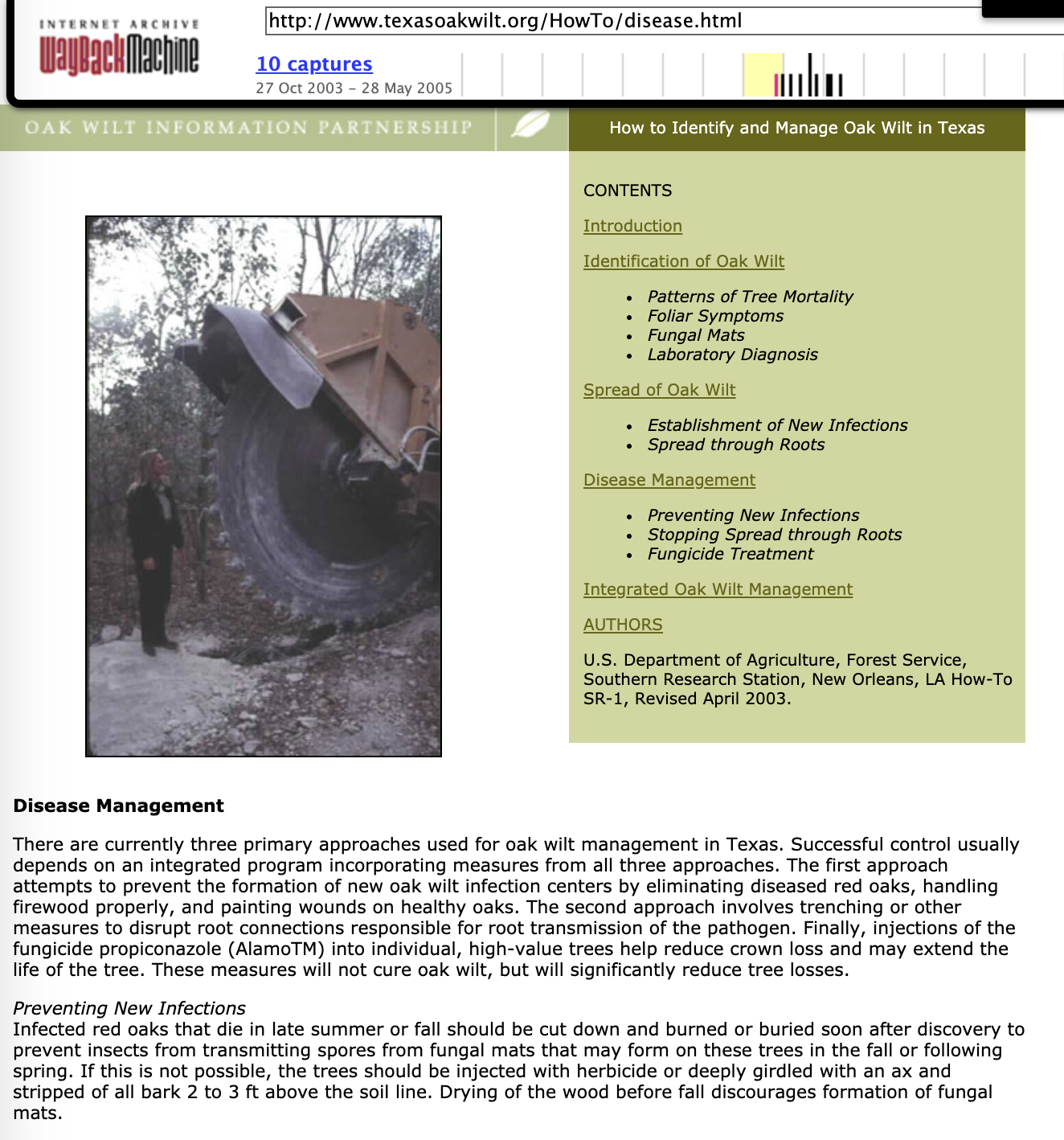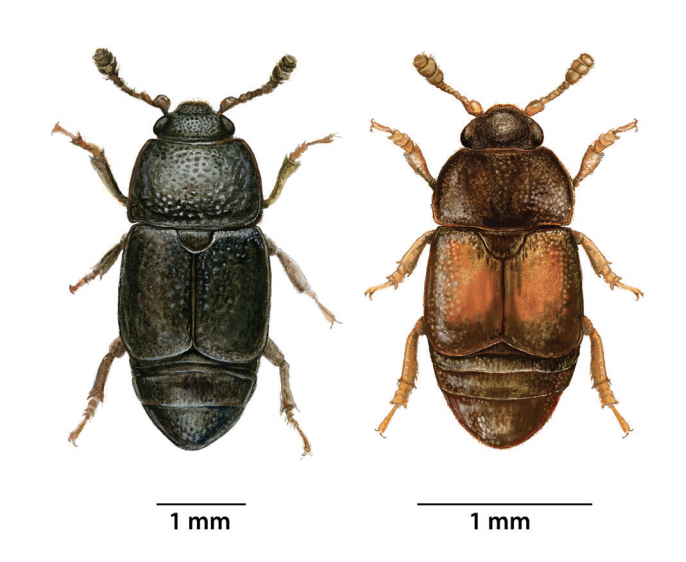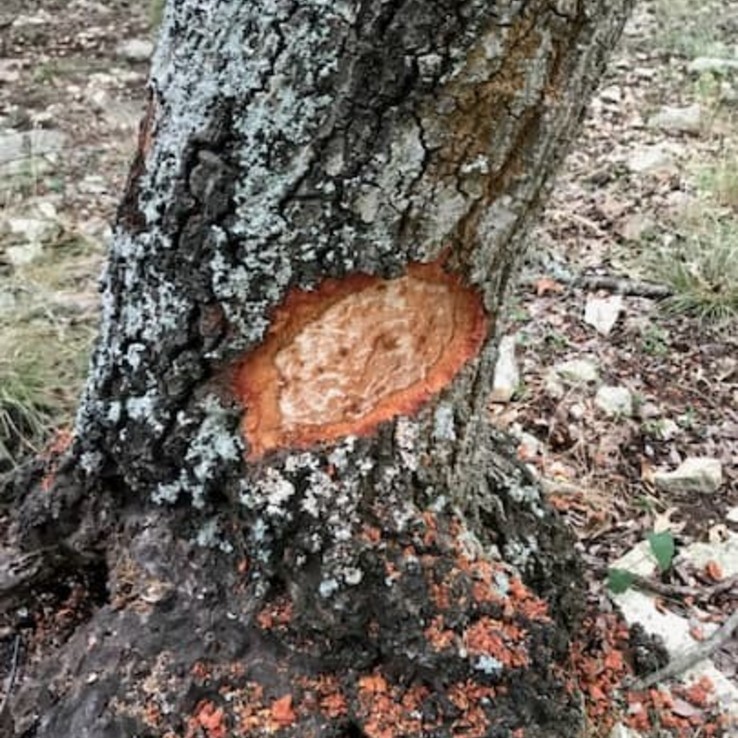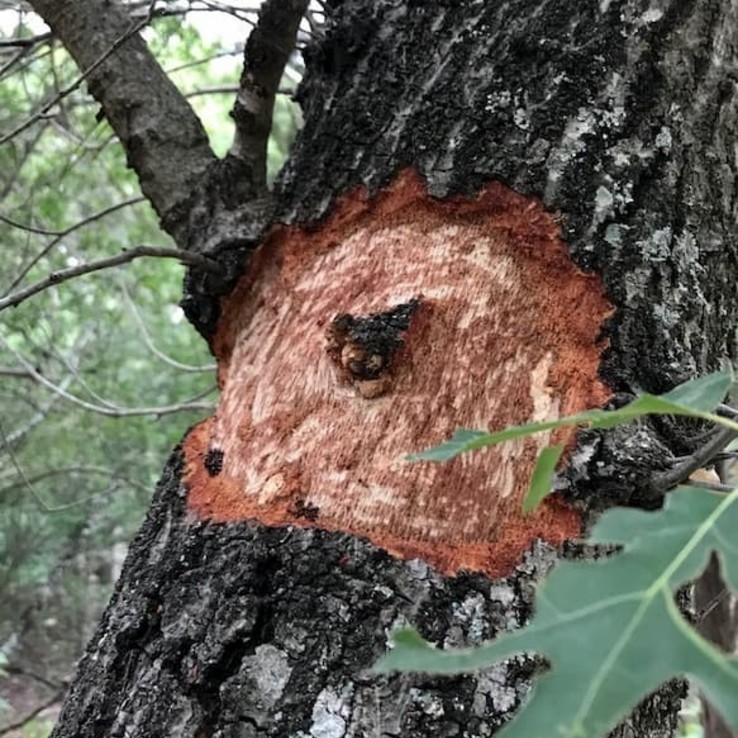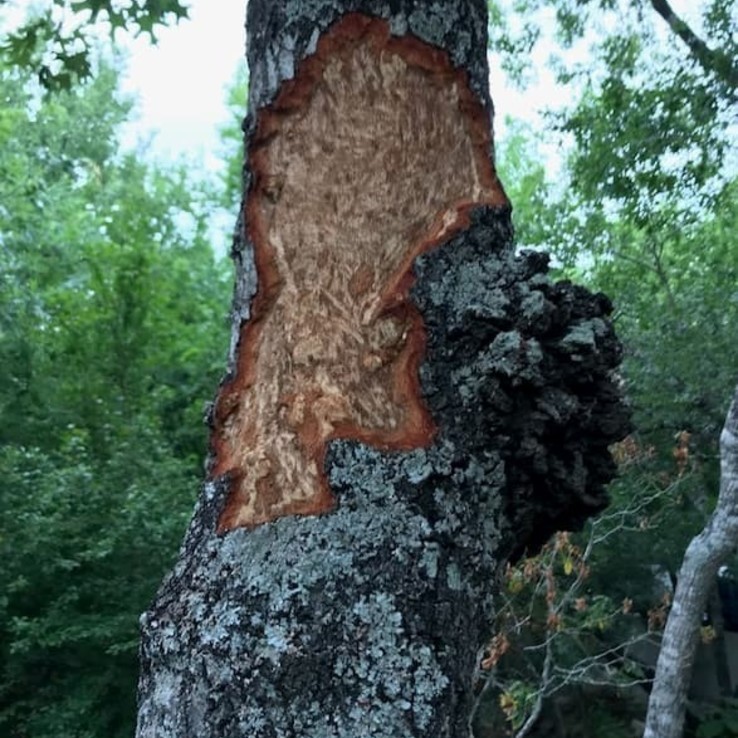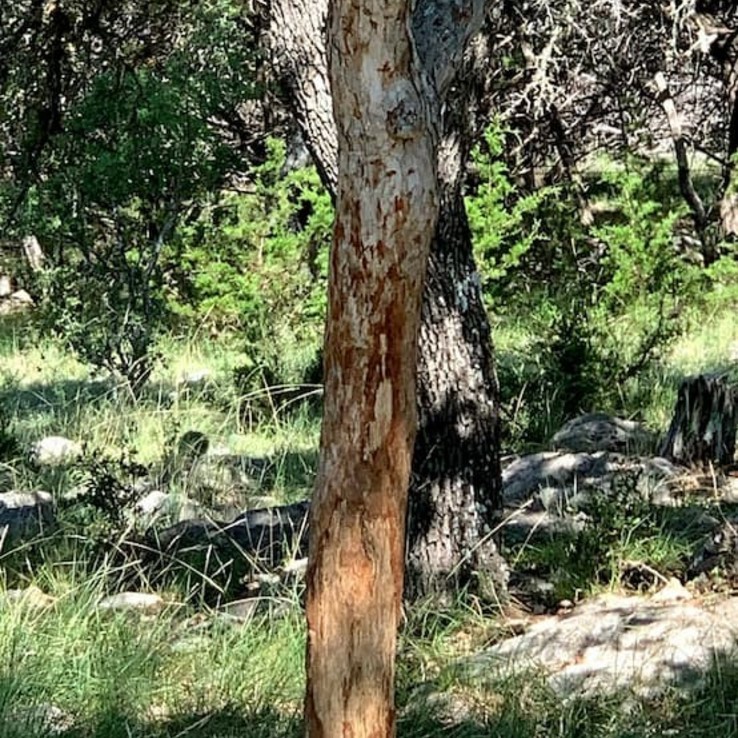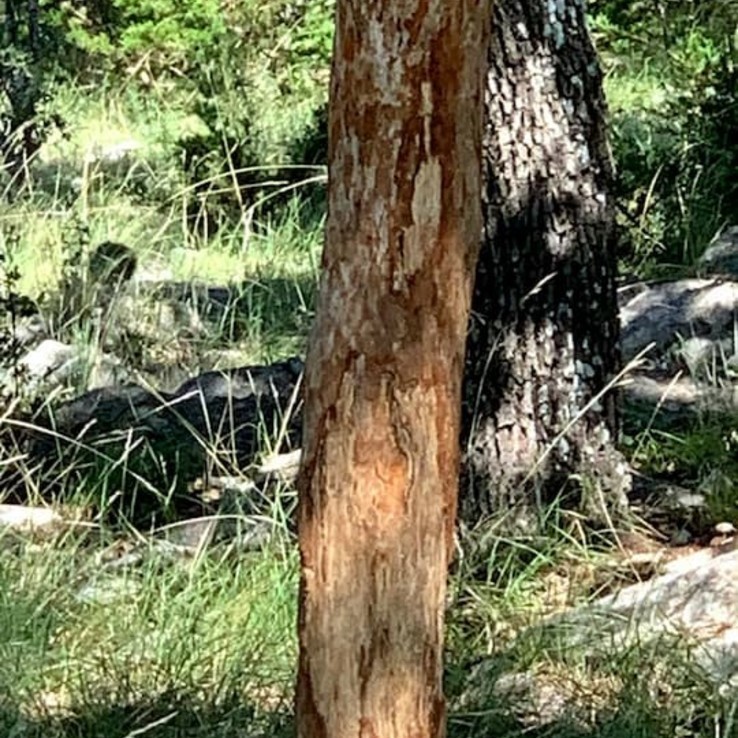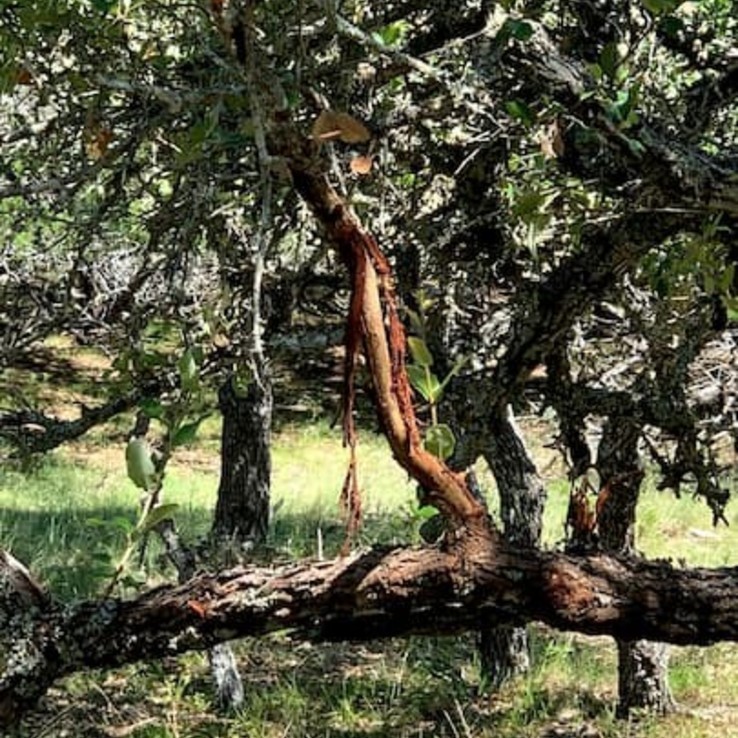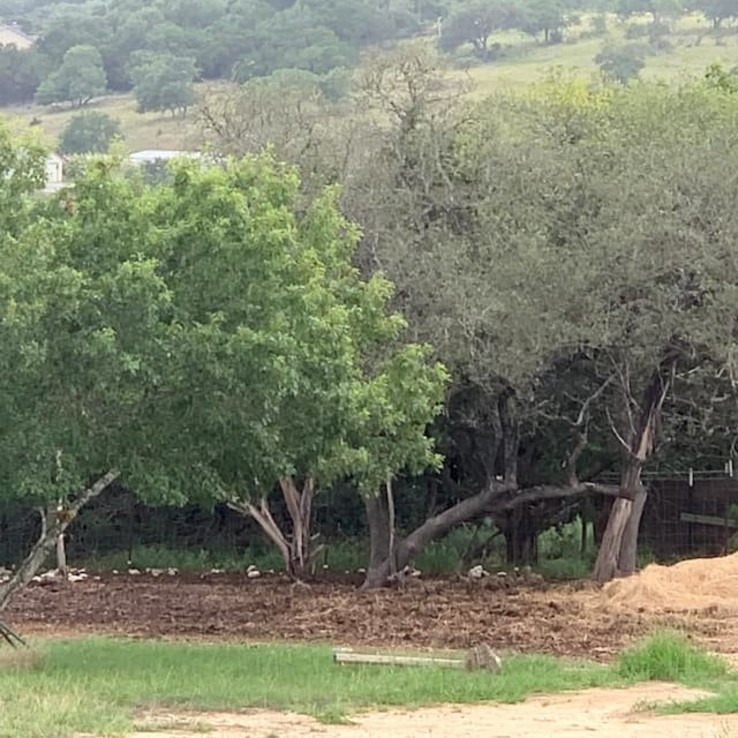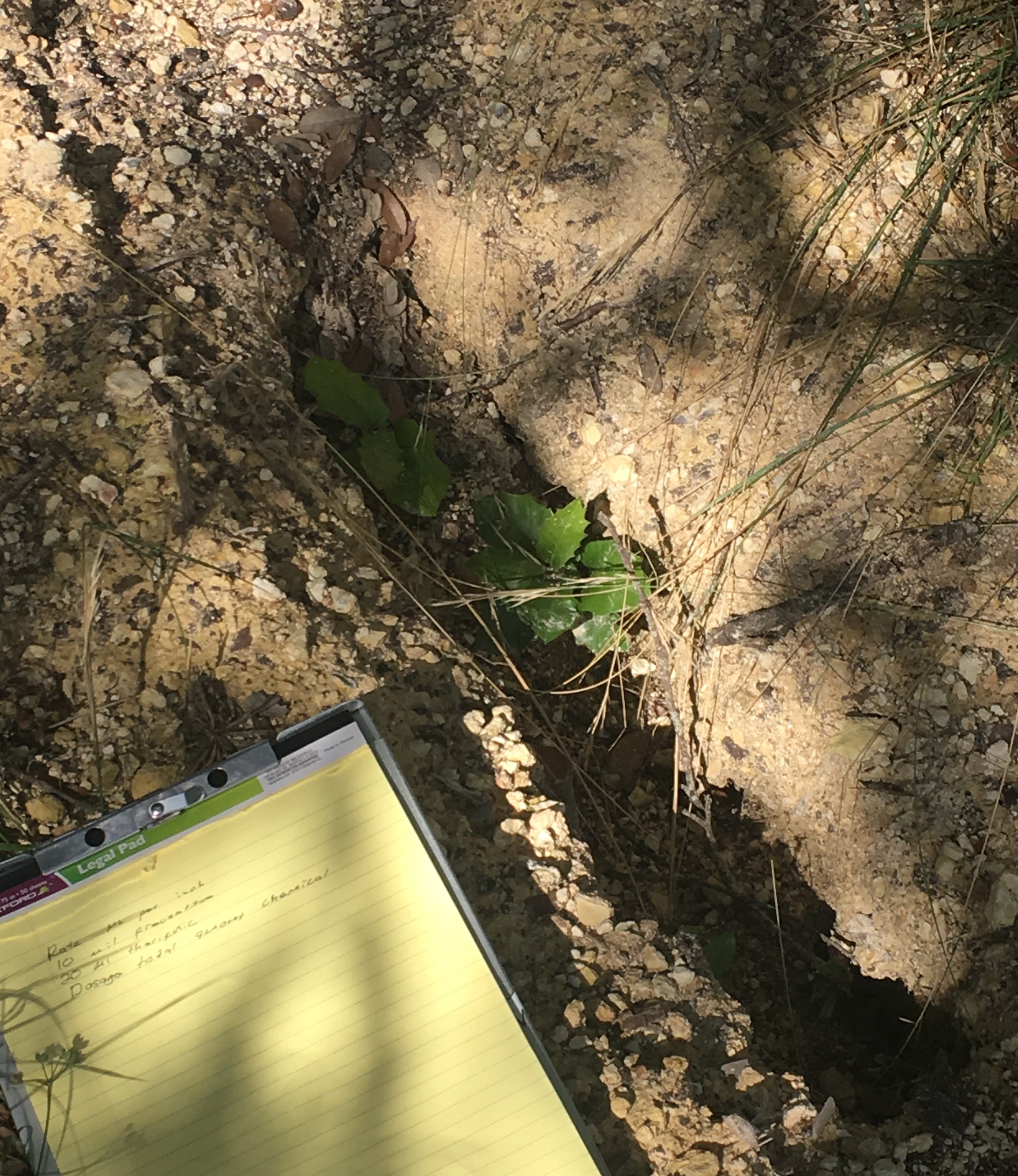“The All-Consuming Fire”

Oak wilt and fire have many commonalities. As long as there is a continuous source of fuel – both fire and oak wilt continue to consume and destroy. The utter devastation of this pathogen haunts me. I see myself as a firefighter – I won’t permit this scourge to continue without a fight. What we have done to date has helped – but too little, a drop in the bucket at most. What is needed is a fresh view in order to gain new insights to better know this enemy and find ways to win this war. Surrender is not in the blood and history of this state. Texans do not surrender when faced by a powerful adversary, rather they cry, “remember the Alamo”!
As with the other sections, I will focus on the aspects not spoken of as much or at all, as well as directly take on the errors and deficiencies found in the other available oak wilt primer materials previously or currently available.
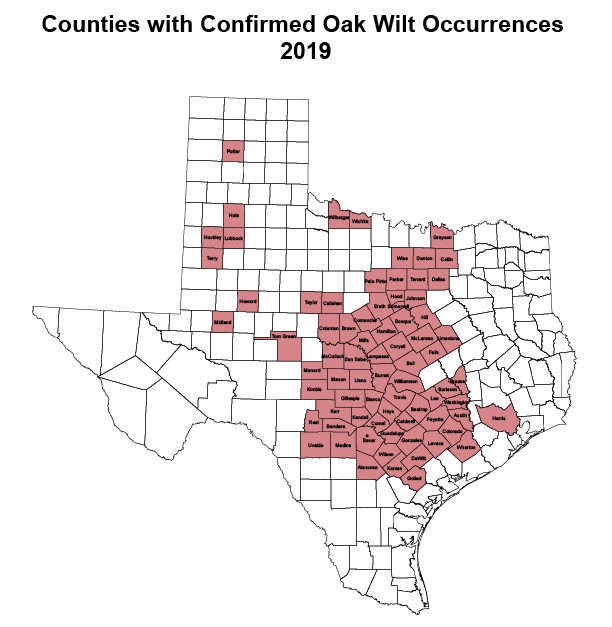
This fungal pathogen has two main means of spreading: by means of an insect vector carrying spores from a fungal mat to a fresh wound, and through connected root systems. While root spread enlarges an existing oak wilt mortality center, the vector method of spread is de facto the beginning of a completely new oak wilt mortality center. Numerous northern experts have opined that this disease is very inefficient and precarious in its means to maintain its existence – but the reality of the Texas situation does not reflect that at all. Our losses are catastrophic and the situation is becoming even more dire. It is unreasonable to expect different results if we maintain the status quo.
Overland Spread of Oak Wilt (Long Distance)
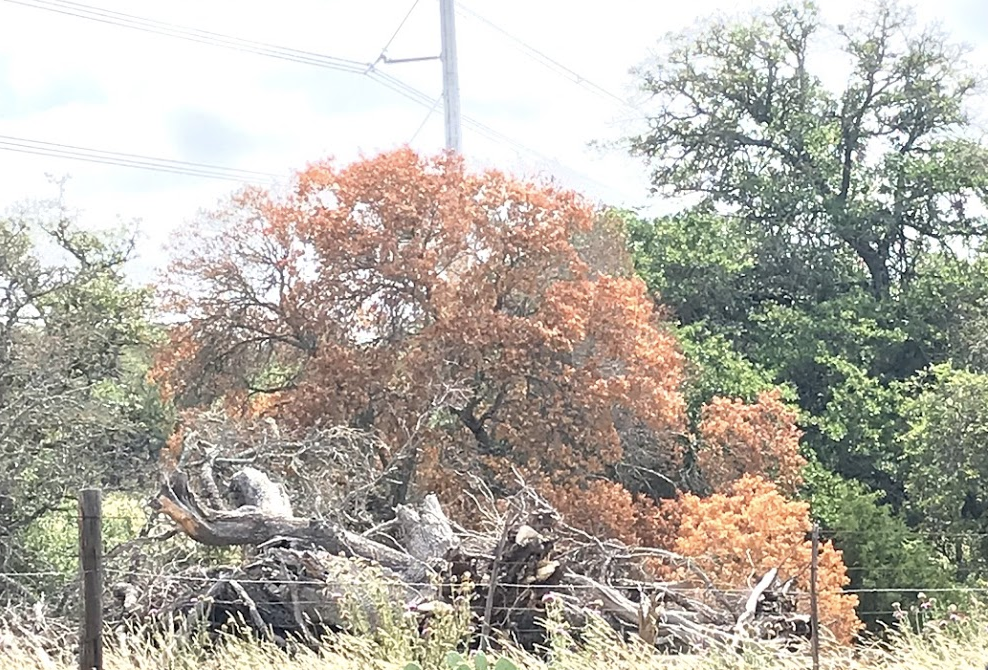
Spanish Red Oak "on fire" with Oak Wilt
Mycelial mats or more often called fungal mats, spore mats or pressure or cushion pads, is the reproductive or saprophytic phase of this fungus. I concur with the Texas Forest Service that here in Texas the sporulation phase occurs only in the red oak species. An as-yet unspoken qualification must be proposed though: the Bur Oak up north, according to Jennifer Juzwik, often forms viable spore mats. Will the Bur Oaks planted here also produce fungal pads? This must be studied intentionally through deliberate, controlled, inoculations. One thing I don’t agree with the Texas Forest Service regarding spread is the position that, “fungal mats form…in spring…for only a few weeks” (www.texasoakwilt.tfs.tamu.edu). The original version of the TFS website actually recognizes the formation of fungal mats in the fall as well. (Click on screenshot link below)
Why do I disagree? This is just another example of over-generalizations that, without a doubt are pedagogically damaging. What would be true is that in Texas a SP may form staggered fungal mats from fall, through winter as well as in the spring, which may stagger into the Summer. I do acknowledge that beetle activity is highest during spring, but there is a Nitidulid study that confirms they do not “fly north for the summer or south for the winter.” This study shows that beetle activity goes up and down but does not cease. What would appear to be a contradiction in position vs. protocol - one of the strong recommendations by the TFS is to paint all oak wounds and to do so all year long!
Further, they say not to prune between February 1st and June 30th – but if we followed that and completely abstained from pruning during that time frame, then we would be past spring and the proposed TFS “few weeks” deadline of viable fungal mat season – so why paint at all!?! What is actually true is that fungal mats can and do form all year long – thus the need to always paint. Summer mats are the least likely to occur and remain viable the briefest time period because of three principle reasons: heat, lack of water, and maybe most especially, that hypoxylon canker often wins the battle over sporulation territory during that season (here is one instance where the inefficiencies and weaknesses pointed out by northern experts and alluded to above is evidenced). Active summer mats will most likely be found much lower on the trunks while Spring mats can begin much higher (6” or greater DBH tree parts to the ground level). Inactive mats can be found by an experienced pressure pad hunter years after the fact.

In this image, you can see where one fungal mat ages to black and another new fresh white one forms. The Oak Wilt Fungus is a virulent sporator. Prolonged, staggered mat activity is the norm.
Above images and videos are courtesy of Phillip Kurzeja
Texas Fungal Mats
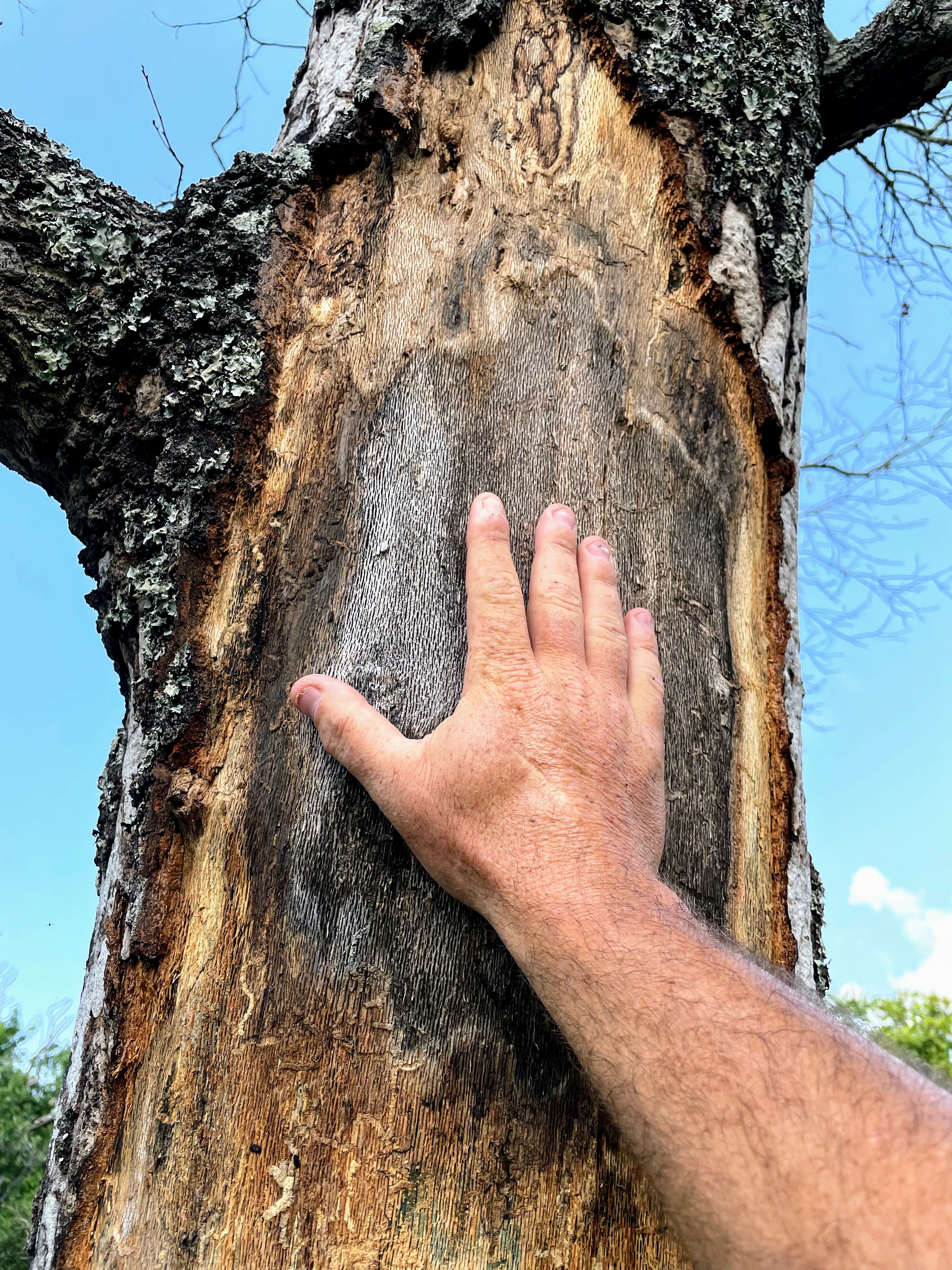
WINTER Fungal Mats
FALL Fungal Mats
SPRING Fungal Mats
SUMMER Fungal Mats
Here is a very interesting quote from the USDA Forest Service Northern Division (in a peer-reviewed and re-printed 2017 guide intended for a national audience):
Spore mats can form only within a year after tree death and only when air temperature and wood moisture are within a certain range. In the Northern United States, this combination of wood moisture and temperature commonly occurs in the spring of the year after the tree dies, or sometimes in autumn of the year the tree dies. As latitude decreases, the period of time during which mats form increases. In Texas, mats form at any time during the year, but most commonly in late fall and winter when the weather is cooler and wetter. In addition, spore mats are formed only on [red oak species] and never on Live Oaks…Spore mats usually do not form on trees smaller than [6” DBH]…Across the range of oak wilt, most spore mats are produced on trees in the red oak group, but mats can also develop on the Bur Oak. Mats do not form on other trees in the white oak group.”
I would love to hear the TFS response to the information contained both in this quote and my experience and position stated prior to.





